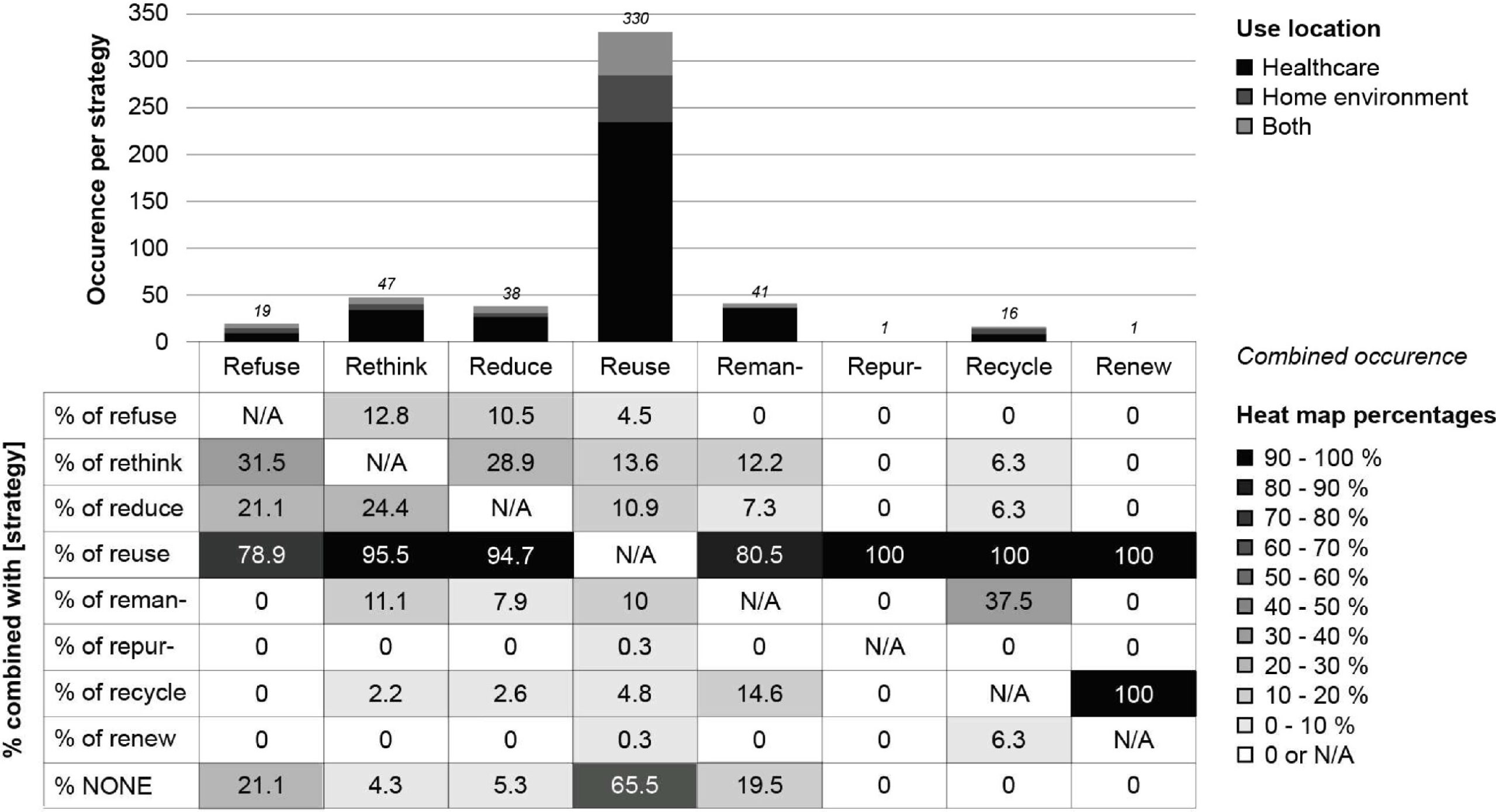Image source: https://www.sciencedirect.com/science/article/pii/S0921344924003136?via%3Dihub
DiCE Report Unveils Critical Truths and Calls for Immediate Action
Brought to you by Tamara Hoveling from TU Delft
Amidst the forefront of cutting-edge healthcare advances, increasing healthcare (e)waste lurks as a silent disrupter, influencing the very health it seeks to enhance. In 2020, globally 83 million new medical wearables flooded the market, highlighting the pressing need for sustainable solutions. The surge in electronics and plastics contrasts with the stark reality – 45% of e-waste is not accounted for, while only 9% of plastic waste are recycled in the EU. Cracking the code of healthcare circularity demands conquering challenges like traceability and data privacy, while championing circular design guidelines as eco-heroes for the next era of digital health devices.
The DiCE project recently cast spotlight on the intricacies of circular design in digital health devices. Research partner TU Delft (Delft University of Technology) has conducted groundbreaking research into the contemporary landscape of circularity in medical device design, illuminating novel design recommendations, pushing the boundaries of current understanding in the field. Are eco-friendly medical devices truly elusive, and circular healthcare practices genuinely challenging to implement?
Circular healthcare practices currently hardly applied
An extensive analysis of over 1400 digital health devices revealed an unfortunate reality. Only 346 devices were found to implement at least one circular strategy (i.e., reuse, rethink, reduce, reuse, repurpose, remanufacture, recycle, renew). Of those devices, 95% can be reused for more than one product life cycle, while other circular healthcare practices were rarely found. Especially recycle, repurpose, and renew seemed to be highly uncommon. A true eye-opener: even basic healthcare recycling initiatives seem to rarely be part of the design game. In fact, recyclers revealed they often lack the green light to recycle potentially contaminated devices, covering everything from the medical device directive. Also, the implementation of multiple circular strategies within the same device is quite uncommon. A missed opportunity for a greener healthcare future!
Circular health tech best practices: promise on the horizon!
While little circular health tech was uncovered, hope persists! Promising initiatives are surfacing to drive us towards environmentally sustainable healthcare practices, and the same holds true for the circular design of health devices.
Our researchers showcase interesting examples of devices employing circular strategies, unveiling the best practices in circular design. These include reusable devices phasing out less eco-friendly counterparts, reductions in materials and energy consumption, and devices that multitask—offering both portability and multifunctionality. Through the research, TU Delft discovered how smart design extends product life through remanufacturing, like breathing new life into a dual CT scanner after maxing out its usage. Such examples are not just digital health devices; they are pioneers of a greener, more sustainable healthcare frontier.
Healthcare circular design guidelines
To engineers, the call the action is clear: expand your circular design focus beyond reuse! Embrace the practices behind refuse, rethink, and reduce and explore the potential of repurpose or remanufacture post maximum reuse cycles. When designing digital health devices with circularity in mind, use the key aspects below to inspire a sustainable design:
- Enable easy disassembly to facilitate separation, decontamination, and depollution.
- Opt for easily separable, non-mixed materials that are suitable for recycling.
- Evaluate the necessity of decontamination and the environmental impact thereof.
- Implement traceability of devices and device parts in each use cycle.
- Aim to preserve spare parts for future remanufacturing.
- Align the battery life with the device longevity.
- Minimize material use without compromising quality.
- Prioritize aligning device function, safety, and effective sustainable strategies.
Stay tuned with DiCE: implement circular design practices
Stay tuned with DiCE for future circular design insights. Are you an engineer yourself and ready to test the first version of our upcoming design framework? The stage is yours – reach out and let’s pioneer circular healthcare design practices together!







